England – Let’s explore here
What’s it like in England?
England is a wealthy nation and part of the United Kingdom, located off the north west coast of mainland Europe. It’s located on the island of Great Britain and has land borders with Scotland and Wales. The metropolitan area of the capital, London, is home to almost 15 million people (2024), and is also the second most visited city in the world (2023).
England and the UK as a whole have a long and rich history that has influenced and impacted much of the world. As the creator of the world’s largest empire, and the world’s greatest power during the 19th and 20th centuries, as well as the first industrialised nation, there are few countries in the world that haven’t been affected directly by the UK.
The English language is the mostly widen spoken language in the world, and the cultural impact of the UK is second to none. The two oldest universities in the world are also in England, the universities of Cambridge and Oxford.
England has a varied landscape, mainly pasture, although forests, woodlands, moors and lakes are abundant. The north west is the home of the magnificent Lake District, a national park of mountains and beautiful lakes. The highest point is Scafell Pike in the Lake District, at 3,209 ft (978 m) above sea level. There are many castles, an incredible history and the folklore is also extremely rich.


A bit about the history of England
Prehistoric and Ancient England
England’s history dates back to prehistoric times, with evidence of human settlement going back tens of thousands of years. The earliest known inhabitants were hunter-gatherers, followed by the development of farming communities. Around 1,000 BC, Celtic tribes began to settle in the region. In 43 AD, the Romans invaded and established the province of Britannia, which included much of modern day England. Roman rule lasted until around 410 AD when Roman forces withdrew, leaving the island vulnerable to invasions.
Anglo-Saxon and Viking Periods
After the Roman withdrawal, England was invaded and settled by various Germanic tribes, including the Angles, Saxons, and Jutes. This period, known as the Anglo-Saxon era, saw the formation of several kingdoms, such as Wessex, Mercia and Northumbria. In the 9th and 10th centuries, England faced Viking invasions from Scandinavian Norsemen. The Viking invasions led to the establishment of the Danelaw, a region controlled by the Vikings in north eastern and central England. The Anglo-Saxons eventually regained control, and in 1066, the Battle of Hastings marked the Norman Conquest, in which William the Conqueror, Duke of Normandy, defeated King Harold II and became the king of England.
Norman and Medieval England
The Norman Conquest significantly altered England’s culture, society, and governance. The Normans introduced feudalism, which shaped the social structure for centuries. Over the next several centuries, England was involved in numerous conflicts, including the Hundred Years’ War with France (1337–1453) and internal struggles such as the Wars of the Roses (1455–1487). The monarchy became increasingly powerful, and important events such as the signing of the Magna Carta in 1215 limited the king’s powers and laid the foundation for modern constitutional law.
Tudor Period and the English Reformation
The Tudor dynasty, beginning with Henry VII in 1485, marked a period of significant political, religious, and cultural change. Henry VIII famously broke from the Catholic Church in the 1530s, creating the Church of England and initiating the English Reformation. This religious split had lasting effects on England’s relationship with Catholic Europe. Under Elizabeth I, England experienced a cultural renaissance, known as the Elizabethan era, and became a major naval power, defeating the Spanish Armada in 1588.
Stuart Period and Civil War
The Stuart period, beginning with James I in 1603, was marked by religious conflict, political instability, and the eventual English Civil War (1642–1651). The war pitted supporters of King Charles I against Parliament. Charles I was defeated, tried for treason, and executed in 1649, leading to the establishment of the Commonwealth under Oliver Cromwell. The monarchy was restored in 1660 with Charles II, but tensions between monarchy and Parliament continued, leading to the Glorious Revolution of 1688, which resulted in the overthrow of James II and the ascension of William III and Mary II, affirming parliamentary sovereignty.
Georgian and Victorian Eras
The Georgian era (1714–1830) saw significant political and social changes, including the expansion of the British Empire and the Industrial Revolution. England became the center of a vast empire, with colonies spanning the globe. The Victorian era (1837–1901) saw further industrialisation, urbanisation, and the growth of the British Empire, which at its peak was the world’s largest ever empire, controlling vast territories around the world. Queen Victoria became a symbol of stability and progress during this period, which also saw major social reforms and advancements in science, technology, and culture.
20th Century and World Wars
England played a central role in both World War I and World War II. The two wars had profound effects on the country, leading to the loss of its empire and significant changes in its social and political landscape. After World War I, England experienced economic hardship and political instability, which were exacerbated by the Great Depression. World War II, although a victory for the Allies, resulted in widespread destruction and marked the beginning of the decline of the British Empire. Post-war Britain saw the establishment of the welfare state, the NHS (National Health Service), and the gradual process of decolonisation.
Modern England
In the second half of the 20th century, England experienced significant cultural and social changes, including the swinging 1960s and the rise of multiculturalism. England became a founding member of NATO and the United Nations and joined the European Economic Community (EEC) in 1973. However, in 2016, the country voted to leave the European Union in a referendum, a decision known as Brexit, which led to ongoing political and economic debates. Today, England is part of the United Kingdom and remains a major global power with a strong economy, rich cultural heritage, and influential role in international politics. The country continues to navigate its relationship with the rest of the world, including its evolving role within Europe and its domestic issues.

Road trips in England
The Yorkshire 600
The Yorkshire 600 is a beautiful road trip around ‘God’s Own County’ Yorkshire’s historic border. The route is 609 miles long, and mostly mirrors Yorkshire’s border. There have been some slight adjustments so that some places of significant interest could be included. However, there is one very small section of road outside the County, about 1 mile long, that is included in the route.
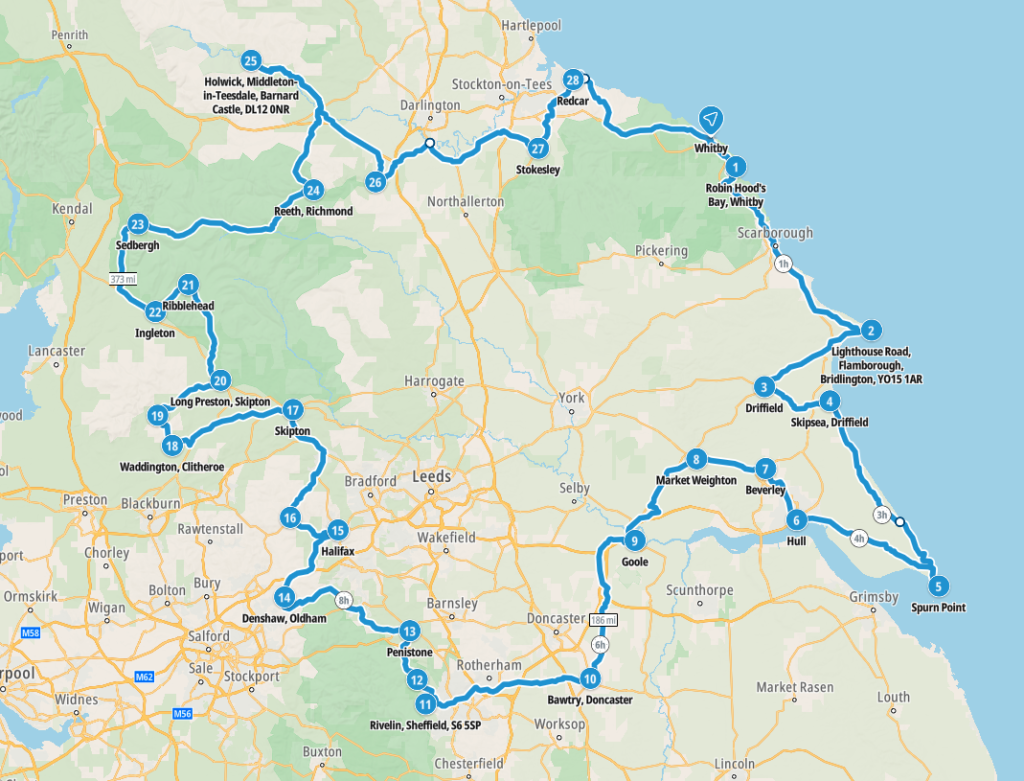
Our favourite places in England
These are some of the best places that we’ve explored on our road trips in England. We’ve put them in alphabetical order.
Alnwick and Alnmouth, Northumberland
Alnwick is a lovely little town on the north eastern coast of England, in Northumberland. Within the town is the magnificent 11th century Alnwick castle. It has been huge popular for many years, however since its inclusion in the Harry Potter films as the location of Hogwarts, tourism has expanded exponentially.
Alnmouth is a very pretty village on the coast next to Alnwick. It was rated among the twenty most beautiful villages in the UK and Ireland in 2020.








Ambleside, Lakes District
Ambleside is a very popular and touristy town at the northern end of the magnificent Lake Windermere, in the Lake District in north west England. There are excellent hiking, walking, cycling and driving routes in the area, and the town is well set up to cater for the influx of the massive amounts of tourists.
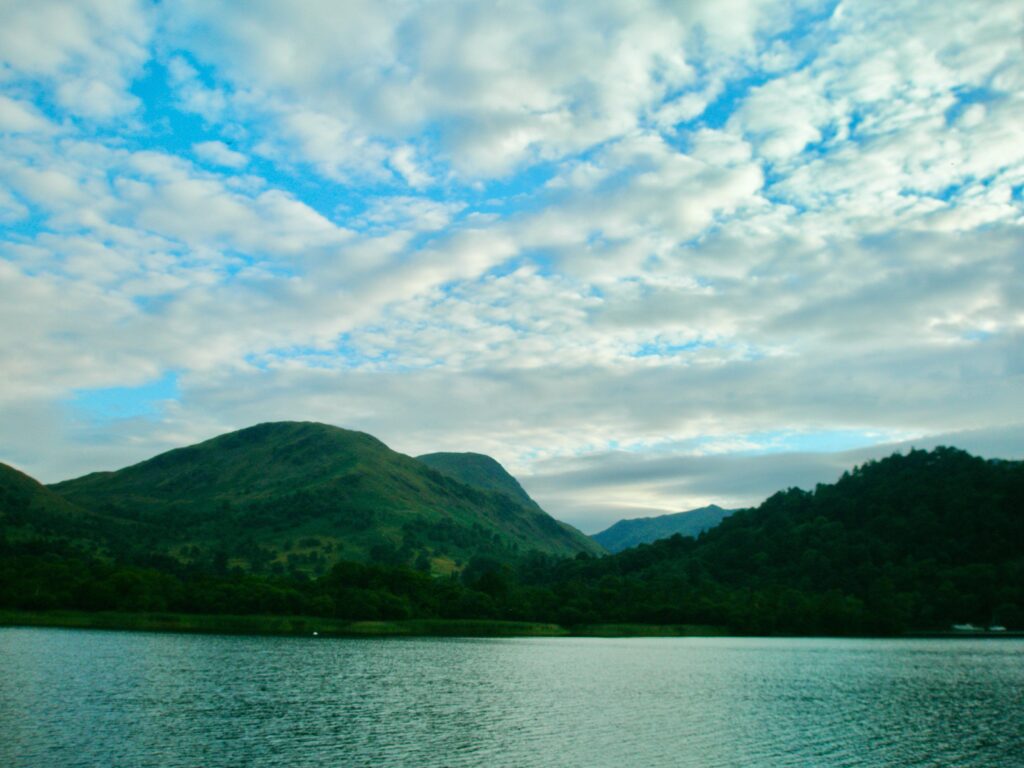
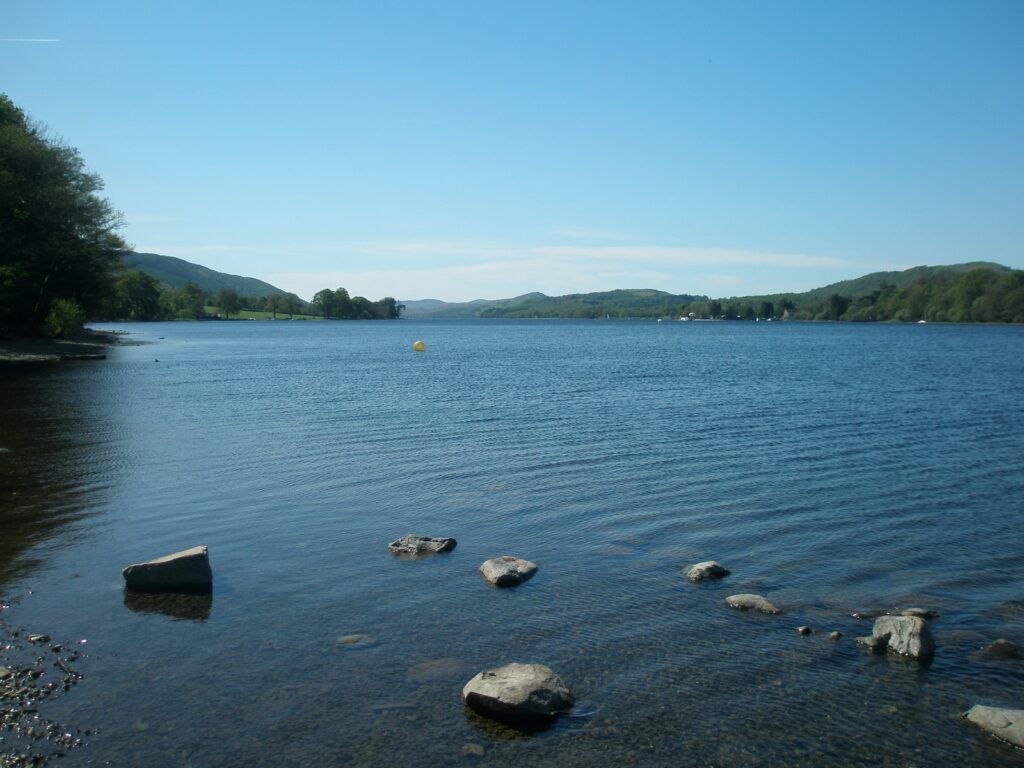
Aysgarth, North Yorkshire
Aysgarth is a very pretty village in the Yorkshire Dales National Park in north central England. There are two lovely sets of tiered waterfalls on the river Ure in Aysgarth, the upper falls and the lower falls.




Bamburgh, Northumberland
Bamburgh is a lovely little village located on the north eastern coast of England in Northumbria, not far from the Scottish border. Within the village is the magnificent 11th century Bamburgh castle. The spectacular castle is the mythical castle home of Sir Launcelot in Arthurian legend. The beach and dunes at Bamburgh are also pretty special, and are very popular amongst tourists willing to make the trip to this more remote part of England.




Cambridge, Cambridgeshire
Cambridge is a beautiful, bustling city in central east England, known as the home of the University of Cambridge, one of the oldest universities in the world and consistently ranked as one of the best in the world. The university is split into colleges which are spread all throughout the city.







Castle Bolton, North Yorkshire
Castle Bolton is a small village in central north England, named after, and dominated by the 14th century Bolton Castle. Mary, Queen of Scots was held prisoner at Bolton for six months.


Cayton Bay, Yorkshire
Cayton Bay is a lovely, popular beach amongst those from the nearby caravan park, day trippers and surfers. It’s located on the north east coast of England, near to Scarborough, Yorkshire. The path down to the beach can feel steep, in particular if you’re carrying small children. The area is subject to land slippage due to the clay cliffs, although actual land slips are (thankfully) pretty rare.

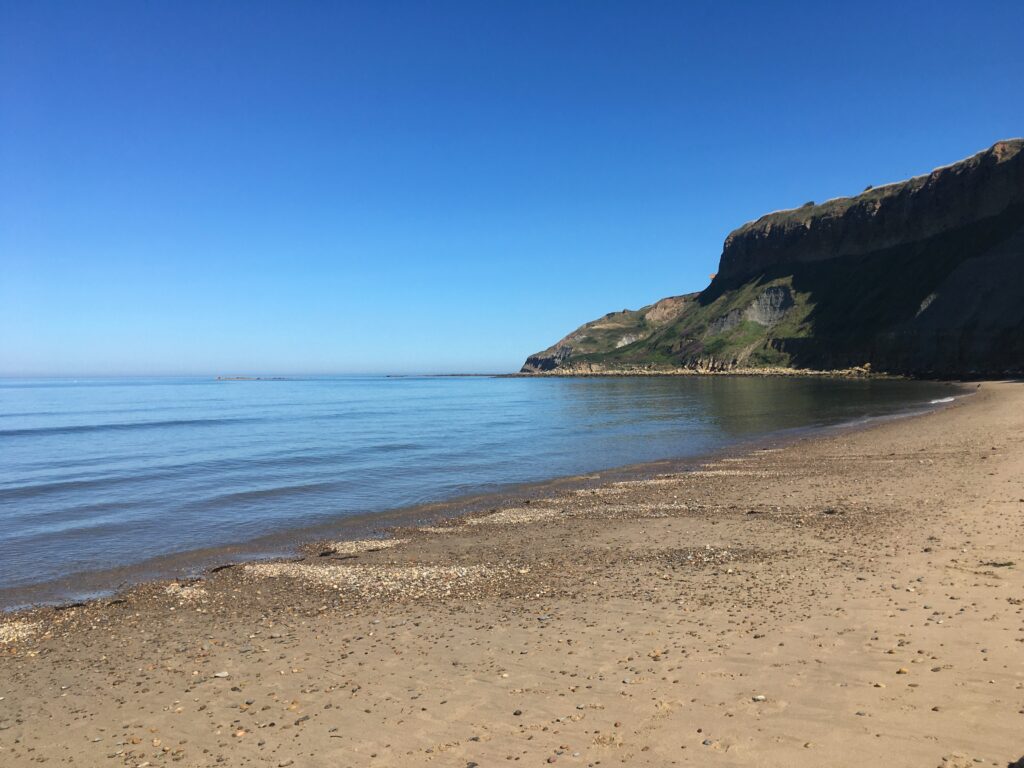
Dunstarnburgh castle, Northumberland
Dunstarnburgh castle is a lovely old 14th century castle located on the north east coast of England, in Northumberland. There are excellent walks in the area both north and south of the castle all along the coast.


Fountains Abbey and Studley Royal Park, North Yorkshire
Fountains Abbey is a beautiful ruined abbey in north central England. Part of the National Trust, at one time it was one of the wealthiest abbeys in England, until it was dissolved by King Henry VIII. The magnificent Studley Royal Park which surrounds the abbey is home to many deer and ancient trees, and has fantastic views towards Ripon cathedral.






Flamborough Head, East Riding of Yorkshire
Flamborough Head is a chalk headland 8 miles in length on the Yorkshire coast, near to Film and Bridlington. There are great coastal walks in the area, and a couple of lovely lighthouses.
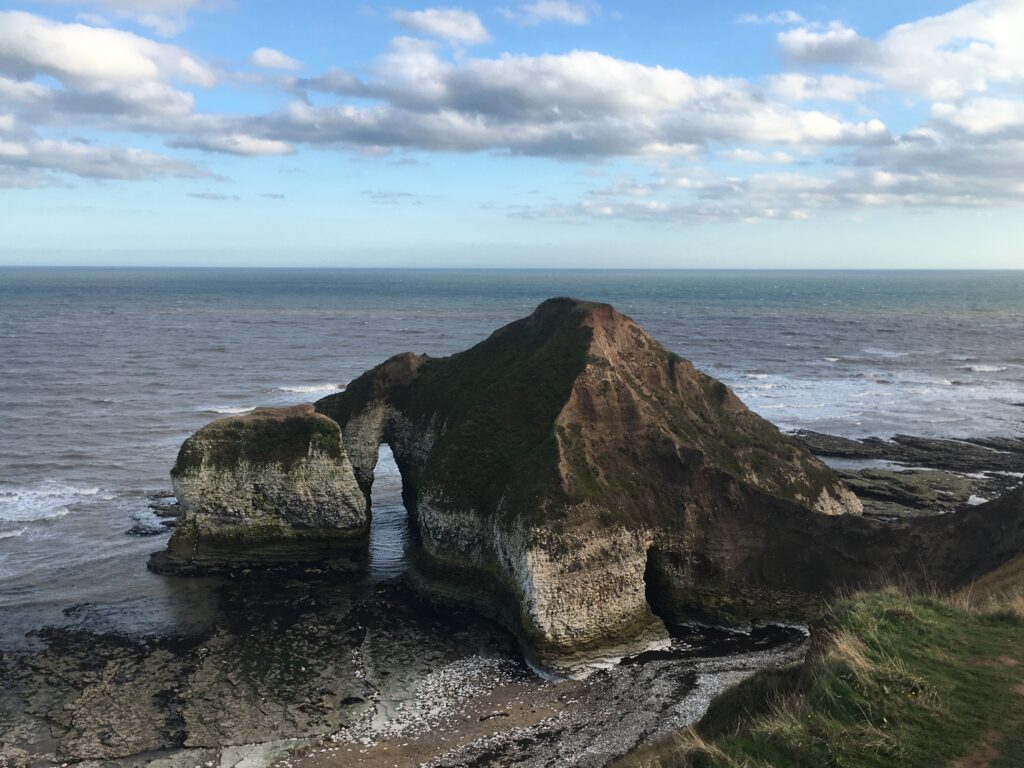

Fylingthorpe, Yorkshire
Fylingthorpe is a small village near to the coast in north east England, close to Robin Hood’s Bay and Whitby.
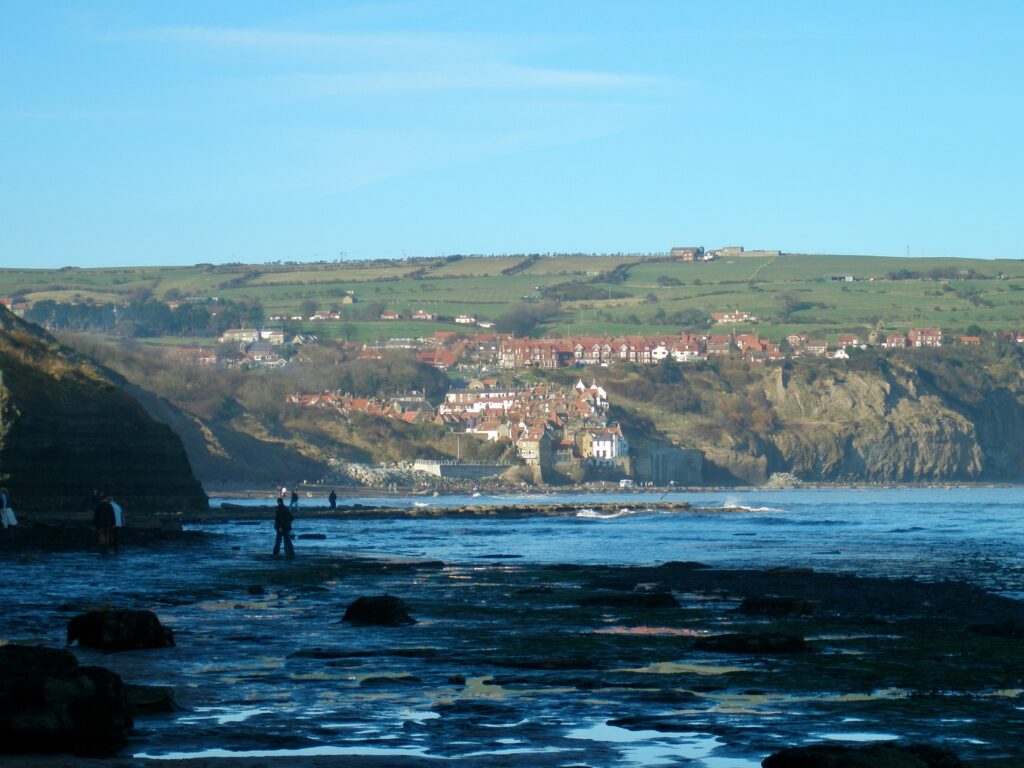
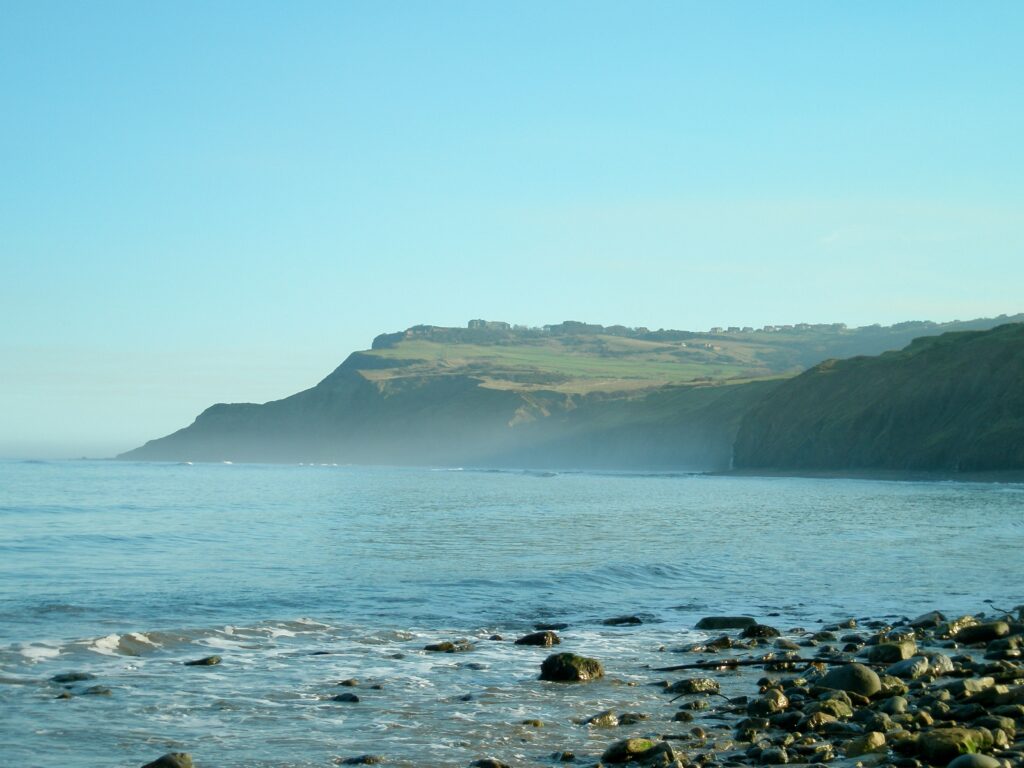
Grasmere, Ambleside
Grasmere is located in the Lake District and was the home of the famous poets, William and Dorothy Wordsworth. Because of this, Grasmere is quite a touristy area, and is often very busy. The lake itself is small in comparison to other lakes in the area, but beautiful.


Hawes, North Yorkshire
Hawes is a popular tourist village in north central England, famous as the home of Wensleydale cheese, which was made even more famous by Wallace & Gromit.




High Force waterfall, County Durham
High Force is an excellent waterfall near to Middleton in Teesdale in County Durham. The height of the waterfall is 70 ft (21m). The waterfall can be very busy during the summer months, and makes a great picnic spot.
Further down the River Tees is Low Force, a smaller, and also very popular, waterfall, at 18ft (5½m) in height.

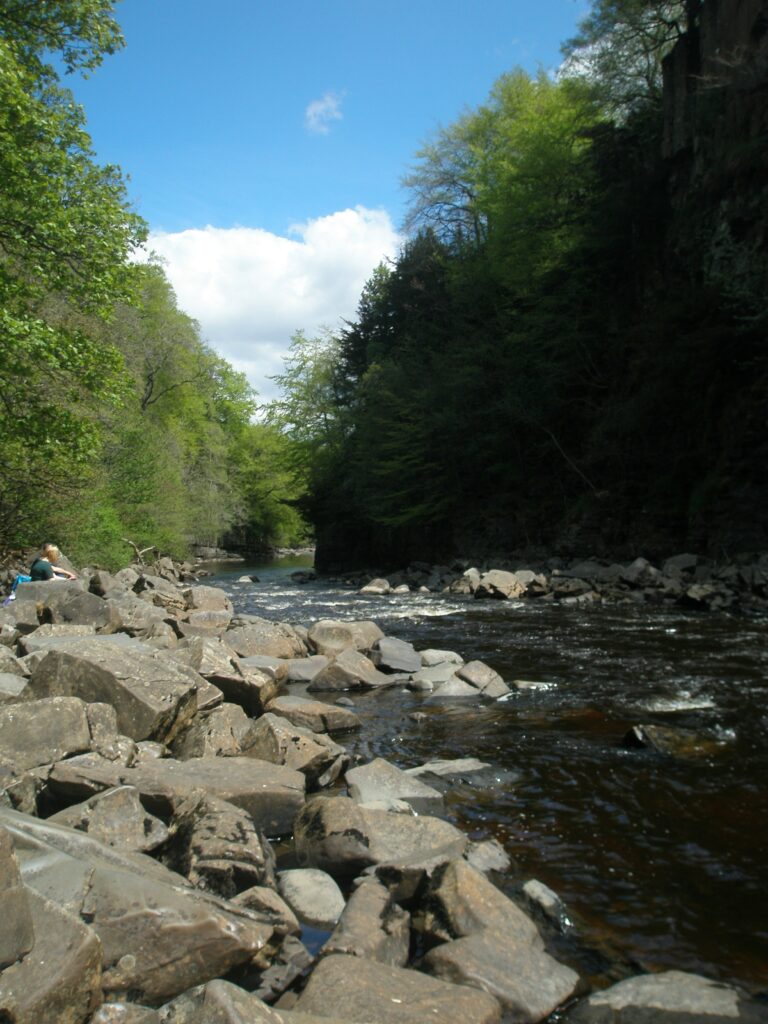
Hope Valley, Edale, Derbyshire
Hope Valley is an excellent hiking and walking spot, located in the peak district, near to the small village of Hope in Derbyshire. The area is very popular in the summer, and parking is limited.
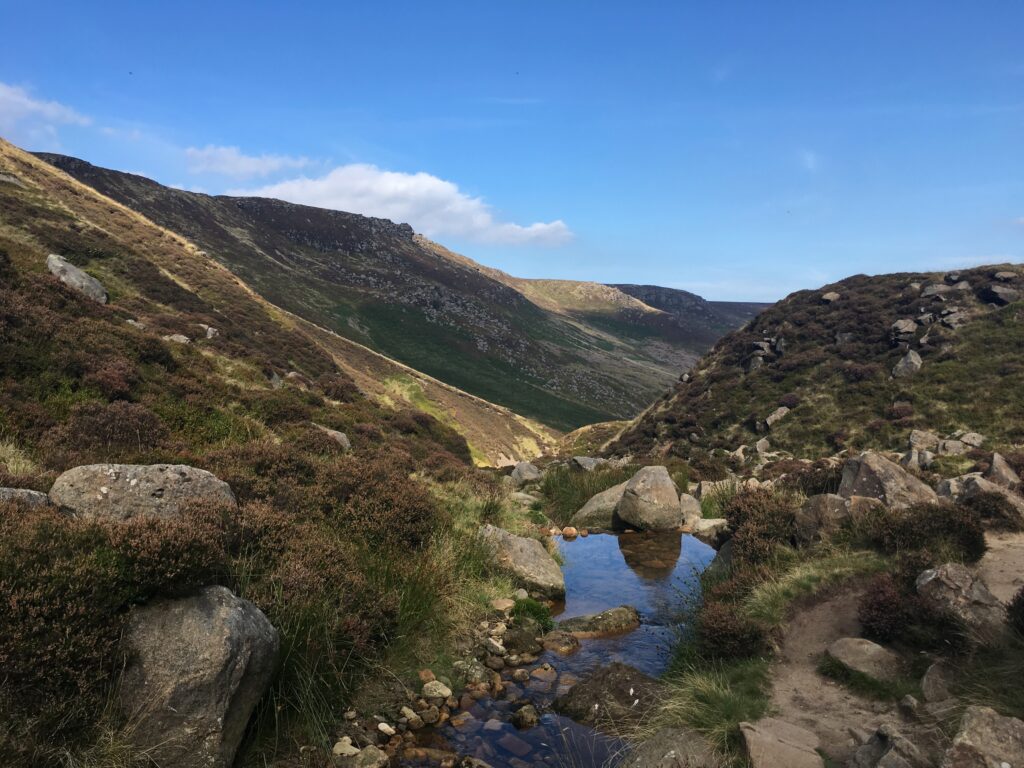
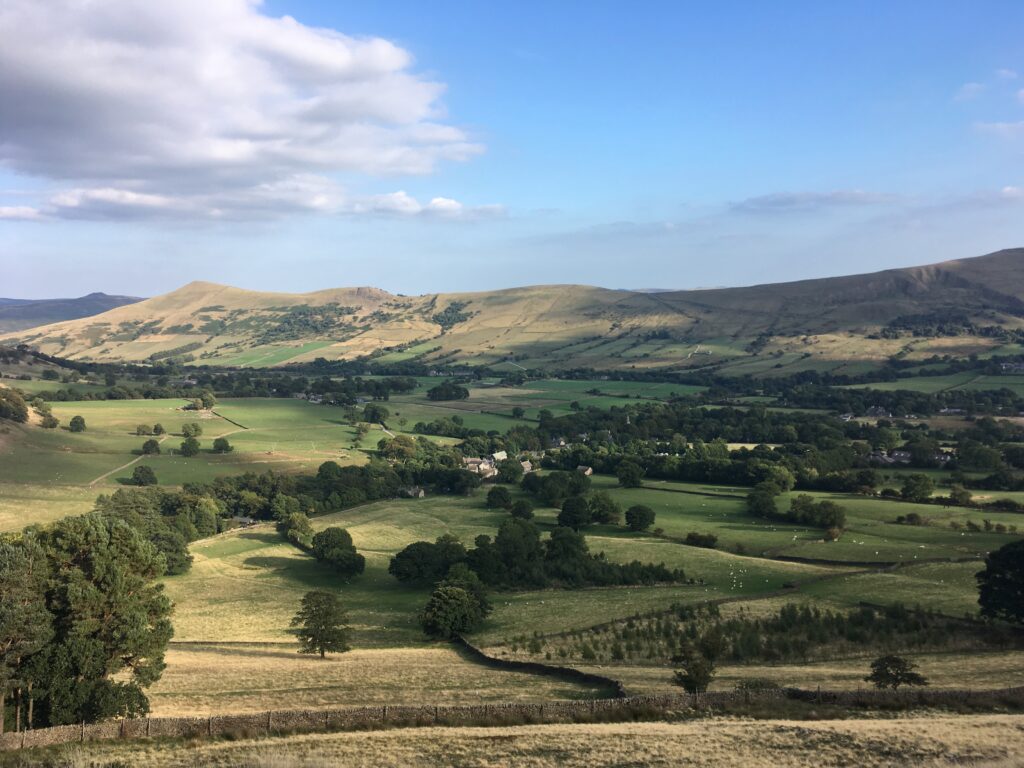
Keswick, Lake District
Keswick is a very popular, touristy, and lovely town in Cumbria, beside Derwentwater. There are loads of excellent hiking trails in the area, and as part of the Lakes District, innumerable things to do n the area.

Leeds, West Yorkshire
Leeds is the largest city in Yorkshire and its metropolitan borough has the second highest population in the United Kingdom, at around 825,000 people (2023). It’s a relatively new city, starting as a a market town in the 16th century, whilst expanding rapidly during the industrial revolution. Because of its four universities, it is a vibrant, youthful and diverse city.
Roundhay Park is one of several beautiful parks in Leeds. In fact it’s one of the biggest inner-city parks in Europe, at more than 700 acres (2.8 square km). It contains 2 large lakes, a castle and a large mansion house.
The first moving picture ever made using film and a camera, and also the oldest surviving film in existence, was filmed in Roundhay Park. The Garden Scene was recorded at 12 frames per second and runs for 2.11 seconds.









Liverpool, Merseyside
Liverpool is the fifth largest city in the UK and is located on the west coast of England, overlooking the Irish Sea. As home of the Beatles and many, many other great bands and singers, it’s recognised as a UNESCO City of Music. It’s a multicultural city with three universities and lots of students, and hence it is a vibrant, youthful and diverse city.
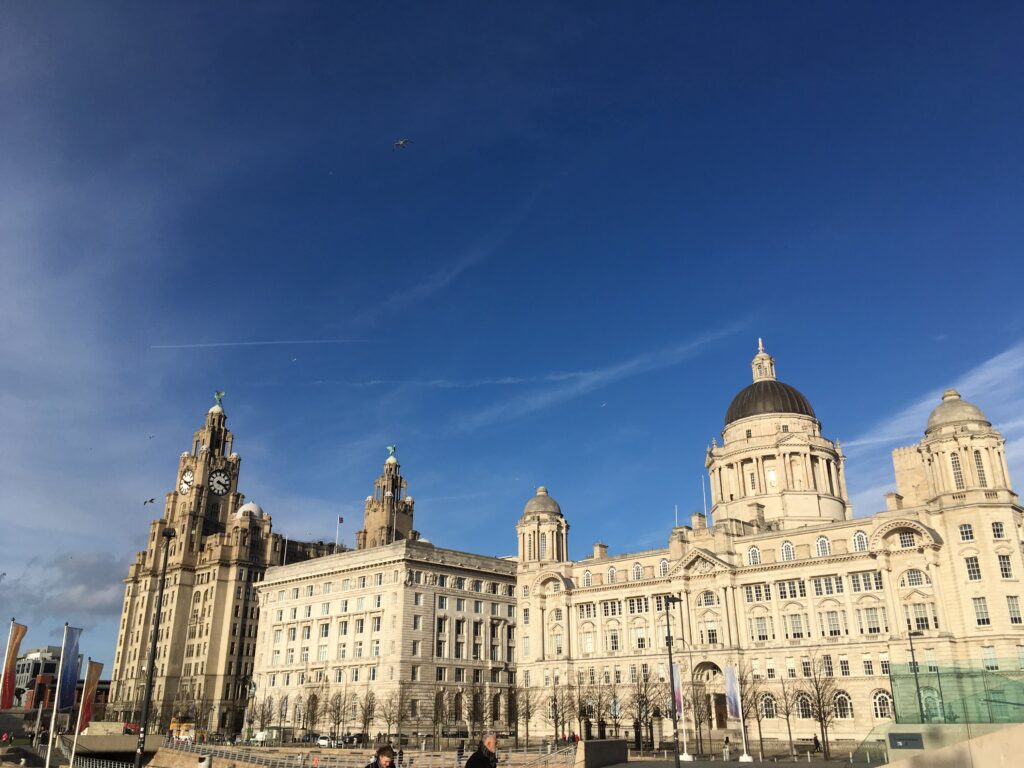
the Port of Liverpool Building
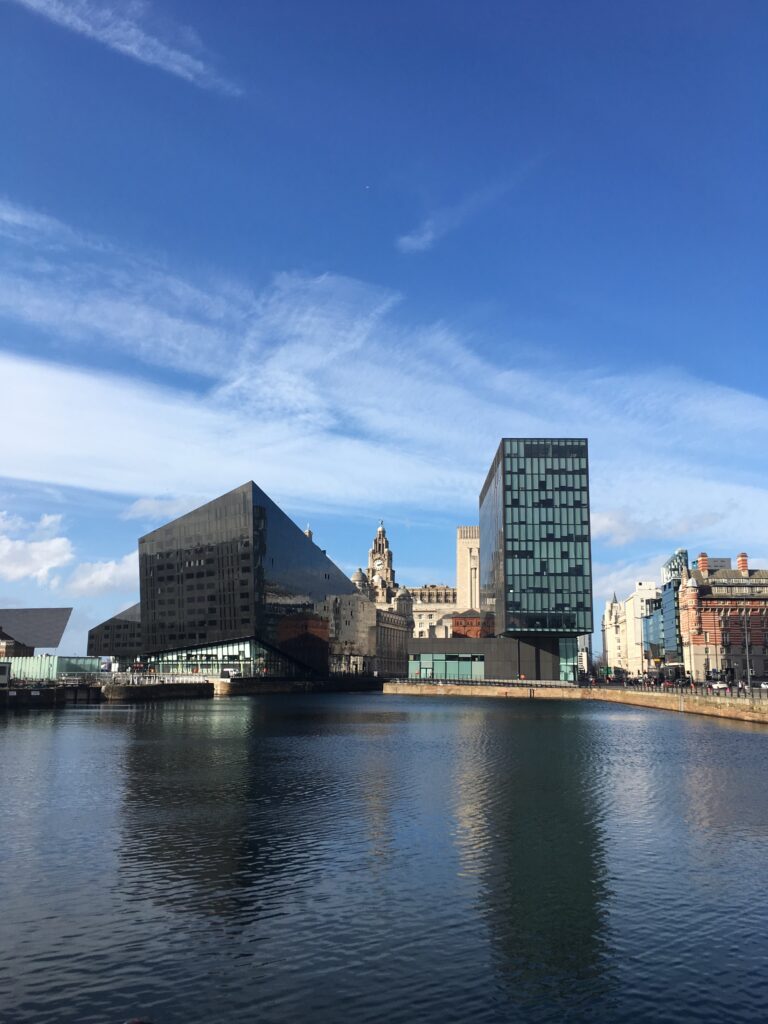
Malham Cove, North Yorkshire
Malham Cove is a magnificent, curved limestone cliff formed by glaciers over 12,000 years ago. It’s located in the Yorkshire dales National Park in north central England. It’s very popular with hikers and climbers alike.




Middleham Castle, North Yorkshire
Middleham Castle is a lovely 12th century castle that was home to King Richard III. It’s located in the village of Middleham in north central England.


Otley, West Yorkshire
Otley is a lovely little market town, in north central England. It is dominated by a magnificent escarpment, called Otley Chevin, a very popular walking route.

Oxford, Oxfordshire
Oxford is a beautiful, bustling city in central south England, known as the home of the University of Oxford, the oldest university in the world and consistently ranked as one of the best in the world. The university is split into colleges which are spread all throughout the city.



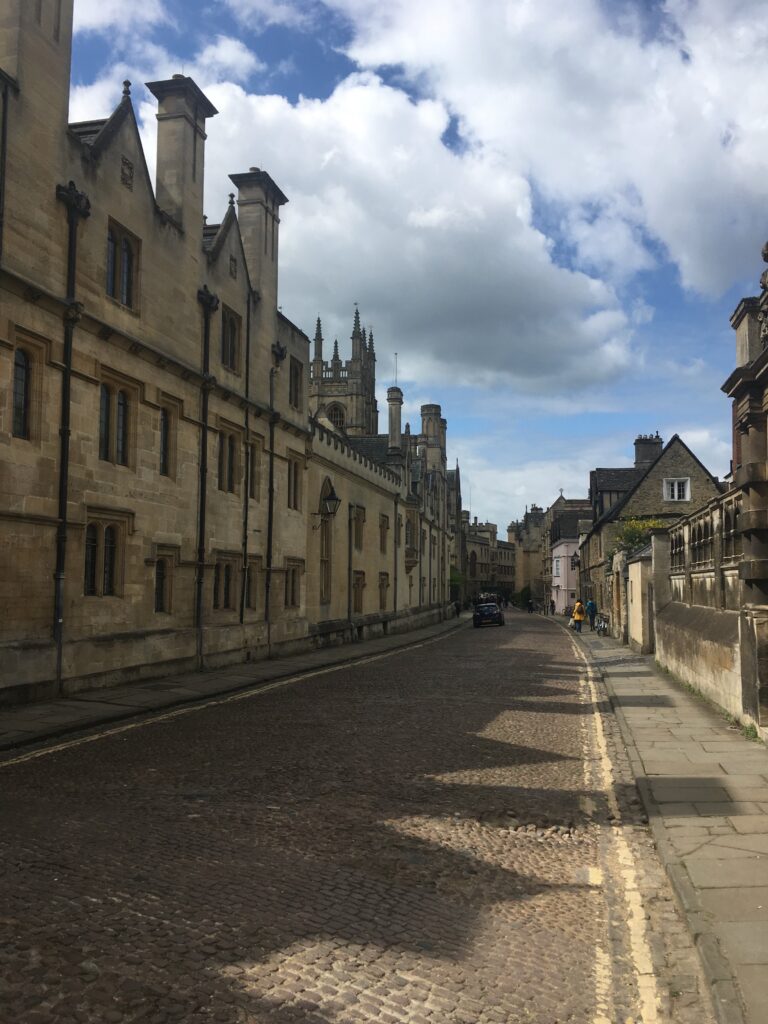


Roseberry Topping
Roseberry Topping is a lovely, popular hiking hill based in north east England. It is 1,049 ft (320 m) above sea level, and provides some magnificent views from its summit.




Skipton, North Yorkshire
Skipton is a lovely market town in north central England, and home to an amazing 11th century Norman castle. The walls are some of the thickest of any castle built. It played an important role in defending the region throughout the centuries, including during the English Civil War in the 17th century, when it was a Royalist stronghold.



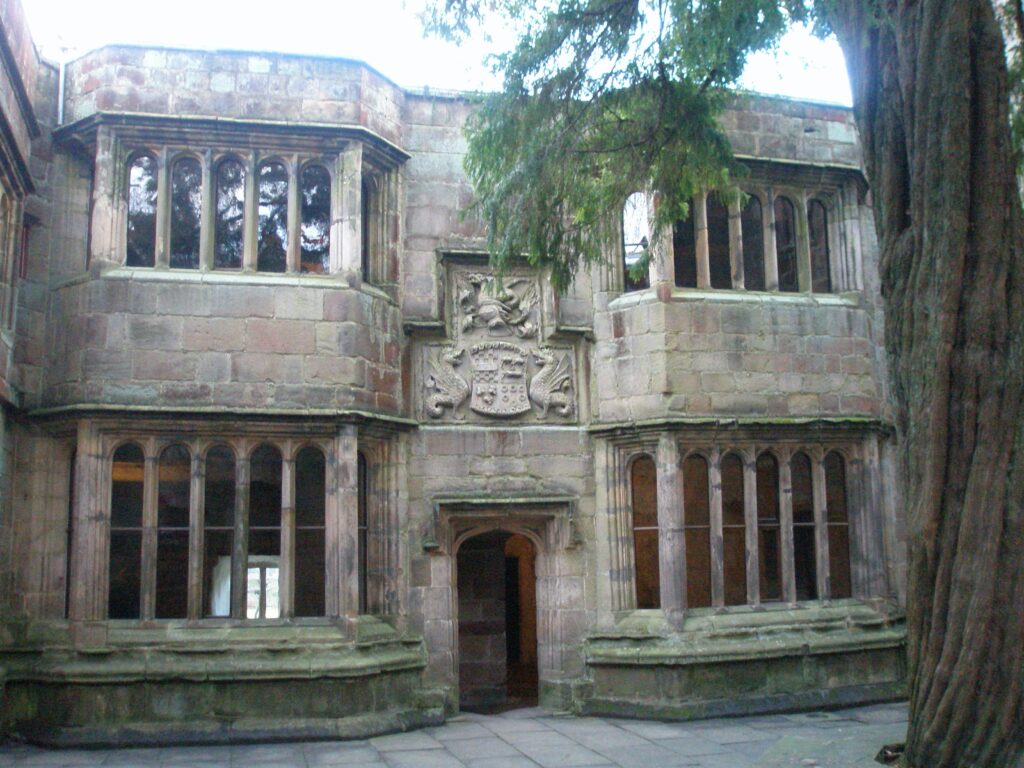
Whitby, North Yorkshire
Whitby is a popular tourist town on the north east coast of England, dominated by its abbey on the east cliff. Famously, part of the story in Bram Stoker’s Dracula is set in Whitby. As such, there is a very popular Goth weekend music festival biannually, celebrating goth culture.



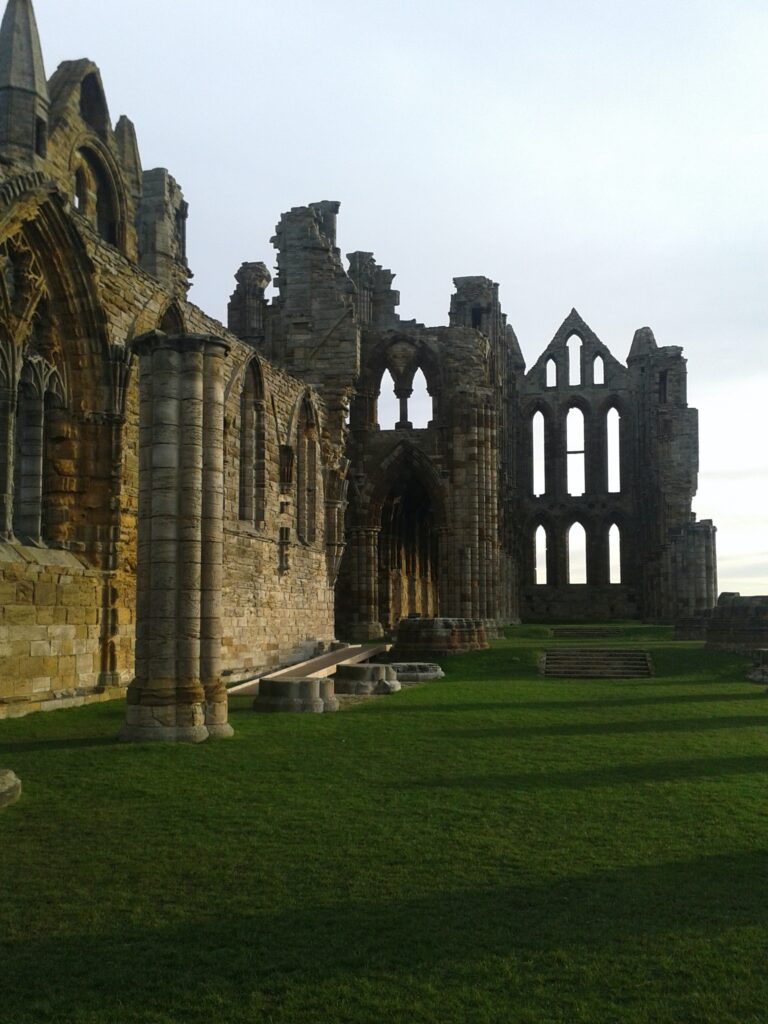
Woolacombe, North Devon
Woolacombe is a lovely coastal little town in the far south west of England. It has several beach, one of which is 2 miles (3.2 km) long and sandy, and others that consist of amazing rock formations. It sits in an area of outstanding beauty and is a great base from which to explore incredible North Devon.






York, North Yorkshire
York is an amazing, ancient Roman walled city based in the north east of England. In addition to the long Roman history, the city was also conquered by the Vikings, and thus has an incredible Viking heritage also. Much of the architecture is to be marvelled, especially the cathedral, York Minster, and the multitude of Tudor buildings. Because of this, it is a very busy tourist destination.






What’s it like to drive in England?
Driving in England is mostly a leisurely affair, although many drivers can be quite aggressive in major cities and on motorways. Many poor drivers also tend to sit in the middle lane on motorways on in the overtaking lane on dual carriageways, hindering the flow of traffic. The use of the car horn is not widely used outside of actual warnings or emergencies.
What are the speed limits in England?
They drive on the left hand side of the road in England.
The speed limits for cars in England are:
- 30 mph (50 km/h) for urban driving
- 60 mph (100 km/h) outside of built up areas
- 70 mph (110 km/h) on dual carriageways
- 70 mph (110 km/h) on motorways
We’ve also created a dedicated page to driving abroad, which you might find helpful 🙂
What currency do they use in England?
In England and the whole of the United Kingdom they use pound sterling. The use of credit / debit cards is now widespread, although not guaranteed – have some cash just in case, particularly in cafés and restaurants. ApplePay is widely accepted in petrol stations and most stores in major towns. Traveller’s cheques are accepted. There are lots of ATMs. Euros are also widely accepted in London, although exchange rates are often poor in restaurants etc.
You should make yourself aware of the amount that your bank charges you for using credit and debit cards abroad. Often credit cards are cheaper for purchasing items directly, and for withdrawing cash from ATMs.
What language do they speak in England?
They speak English in England, although in Cornwall some speak Cornish. As a multicultural nation, many of the cities have large populations that speak many languages from around the world.
What time zone is England in?
Remember, when you’re planning your next trip to take a look at what time zone it’s in.
Do I need a visa to visit England?
We’ve created a dedicated, more comprehensive page on visas, which you should find helpful. Check it out!
Is wild camping legal in England?
No, wild camping is illegal in England.
What plug / socket type do they use in England?

In England they use plug / socket type G.
Health issues in England
Is it safe to drink water in England?
Yes, it is safe to drink tap water in England. Bottled water is also readily available across the United Kingdom.
What vaccinations are required for England?
This NHS website is kept up to date with all relevant information on vaccinations in England.
Phones in England
What is the country calling code for England?
The country calling code for the England is +44
What are the emergency phone numbers in England?
- The emergency number for police in England is: 999 / 112
- In England, the emergency number for England is: 999 / 112
- The emergency number for fire in England is: 999 / 112
If you’ve got some useful info that you’d like to share, let us know!
Don’t forget to check out all the other pictures!
